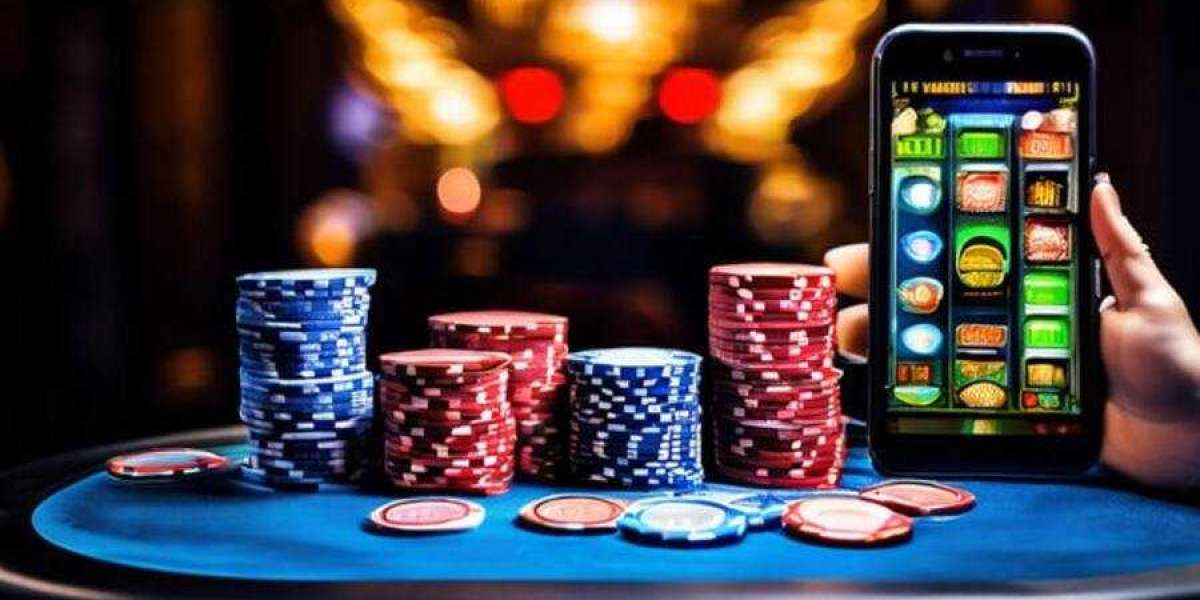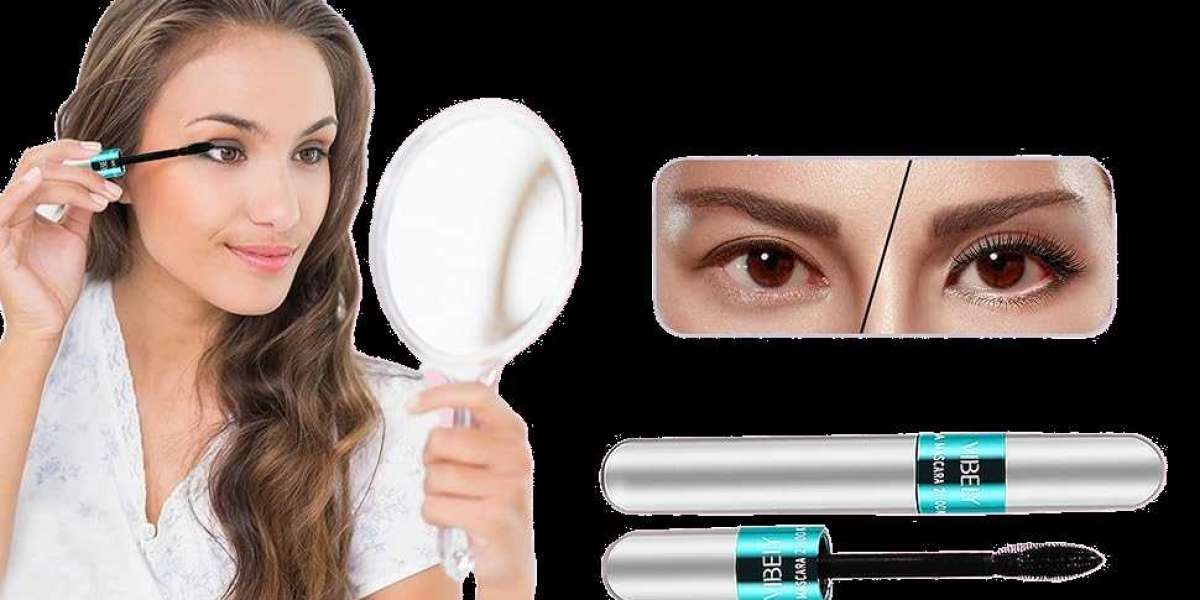Introduction
Rolex is a luxury watch model that's renowned for its precision, craftsmanship, and standing image. However, with the excessive worth tag related to genuine Rolex watches, there's a market for replica variations that supply the same look at a fraction of the associated fee. But where do these Rolex replicas come from, and how are they in a position to mimic the unique watches so carefully? This text will delve into the world of counterfeit timepieces and explore the origins of Rolex replicas.
The Rise of Counterfeit Watches
Counterfeiting has been a problem within the watch trade for decades, with luxury brands like Rolex being prime targets for counterfeiters. The demand for replica watches has grown through the years as consumers search to emulate the status and prestige associated with luxurious brands like Rolex with out paying the hefty price tag. This has led to a booming market for counterfeit timepieces, with replicas being sold each online and in bodily shops around the globe.
The place Do Rolex Replicas Come From?
Rolex replicas can come from quite a lot of sources, with some being produced in factories specifically devoted to creating counterfeit watches, whereas others are made by small-scale manufacturers seeking to make a quick profit. The majority of Rolex replicas are manufactured in international locations like China, Thailand, and Malaysia, where labor prices are lower and rules concerning mental property are extra lax.
The process of constructing Rolex Replicas
Making a Rolex best replica watch site entails a combination of expert craftsmanship, superior know-how, and attention to detail. Counterfeiters use quite a lot of methods to replicate the look and feel of genuine Rolex watches, from sourcing high-quality supplies to using refined equipment to imitate the intricate designs of the original timepieces. Some counterfeiters even go to nice lengths to reverse engineer genuine Rolex watches in order to create an actual replica.
Materials Used in Rolex Replicas
While authentic Rolex watches are made from high-quality materials like stainless steel, gold, and sapphire crystal, replicas often use lower-high quality supplies to chop costs. For example, many counterfeit watches use cheap alloys instead of stainless steel, plastic crystals as an alternative of sapphire, and imitation gold plating instead of real gold. This can result in replicas which will look similar to the original Rolex watches but lack the durability and longevity of the genuine timepieces.
The Legal Implications of Selling Rolex Replicas
Selling counterfeit watches is illegal in many international locations, including the United States and Switzerland, where Rolex relies. In fact, Rolex has a devoted authorized team that actively monitors the market for counterfeit watches and takes authorized action towards people and companies promoting pretend timepieces. Despite this, the market for Rolex replicas continues to thrive, with sellers usually working below the radar or through online platforms that make it troublesome to track.
The Ethics of Shopping for Rolex Replicas
The choice to buy a Rolex replica is a private one, with some consumers viewing replicas as a finances-pleasant alternative to proudly owning an genuine luxury watch, while others see them as unethical and damaging to the status of the model. While shopping for a replica might save money within the short term, it additionally helps illegal activity and undermines the craftsmanship and integrity of the original Rolex model.
Conclusion
The world of Rolex replicas is a fancy and controversial one, with a myriad of factors contributing to the manufacturing and sale of counterfeit timepieces. Whereas the allure of owning a luxury watch at a fraction of the fee may be tempting, it will be significant for consumers to contemplate the legal, moral, and high quality implications of buying a Rolex replica. In the end, the decision to purchase a replica watch is a private one, however it will be important to know the origins and implications of counterfeit timepieces earlier than making a purchase.








